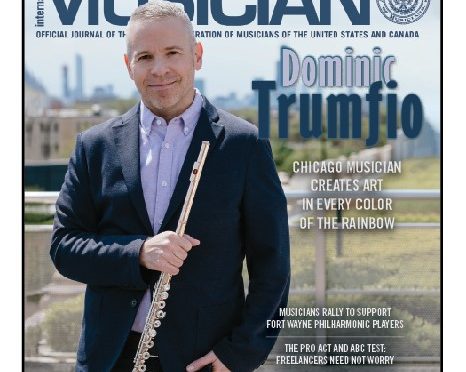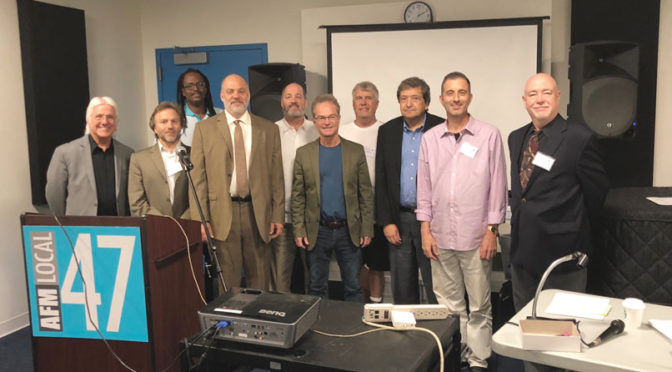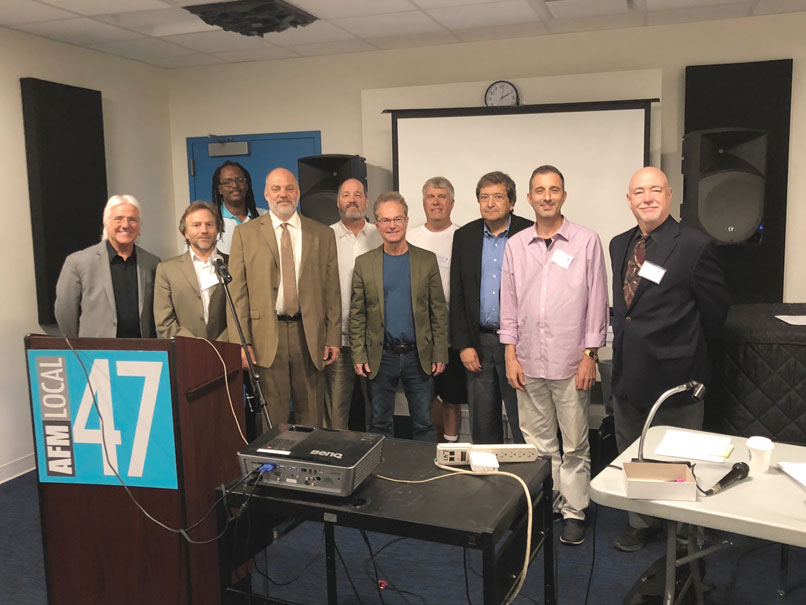American Federation of Musicians of the US and Canada (AFM) and the Broadway League have announced an agreement on health and safety protocols for Pamphlet B touring shows. This news comes as Wicked, the first touring Broadway production to return to the road, is set to resume performances on August 3 in Dallas following a 17-month pandemic hiatus interruption.
Wicked’s fully vaccinated orchestra will perform and tour throughout the US and Canada under newly negotiated safety protocols and an extended collective bargaining agreement.
Key provisions of the agreement include:
- Improved HVAC standards and portable HEPA air filtration in orchestra pits.
- Mandated vaccines for the musicians, actors and crew.
- PCR or antigen tests for COVID-19 will be provided at no cost to the musicians.
- Each musician will receive up to eight extra sick days for quarantine or isolation related to COVID infection or positive COVID tests.
- Allowance for modifications to the protocols where necessary for individual shows or locations.
“Reopening the touring Broadway productions and returning to work under achievable health and safety guidelines that minimize the risk of COVID transmission during a tour are important priorities,” said AFM International President Ray Hair. “There exists great pent-up demand and an overwhelming thirst to see, hear, and be entertained by great live theatrical musical performances. AFM members performing these shows are the finest musicians in the world. They will help quench that thirst.”
The protocols are based on preventive strategies from US Centers for Disease Control (CDC), World Health Organization (WHO), Occupational Safety and Health Administration (OSHA), and medical and infectious disease specialists. The tour safety protocols will follow state and local health department guidelines and will be continually assessed for the adequacy of prevention efforts as the tours travel across the US and Canada.
View updated “Theatrical Touring Health & Safety Manual for the Broadway League and the American Federation of Musicians” at: https://www.afm.org/our-musicians/theater/











